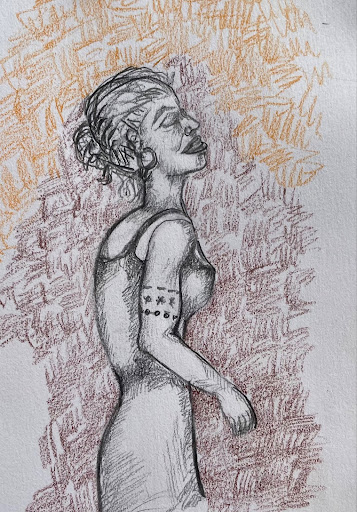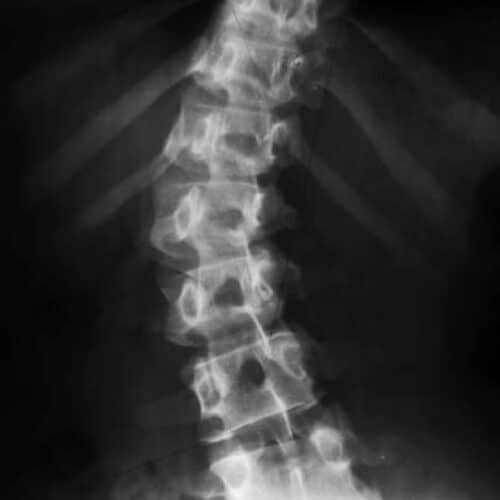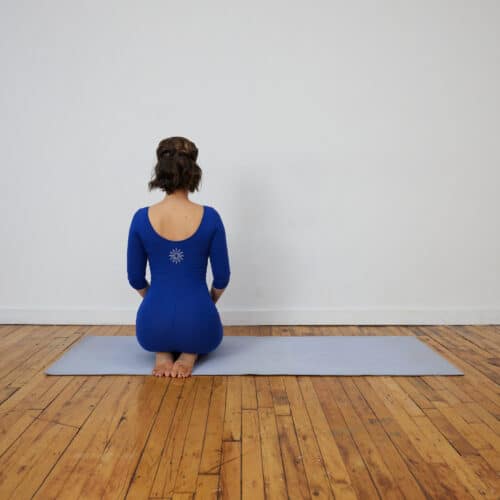
During a class I was teaching on scoliosis, one of the students—a vital, stylish woman in her 80s—mentioned that her friend was constantly pestering her about her posture. “Tell her to back off!” I said.
Let me explain. This woman was in possession of an S-shaped scoliotic curve. This means that she had a lower-left and an upper-right curvature of her spine. In addition to the lateral (side) bending of the spine, scoliosis has a rotational component. The rotation usually goes in the direction of the curve, so you will see a prominence on the side of your curve (i.e., if you have a lower-left curve, you will see a prominence on the lower-left side of the back). To make it even more complicated, these two curves tend to show up differently in the low back and the upper back. Most people’s spines naturally curve slightly inward at the bottom and slightly outward at the top. So, in a person with an S-shaped curve the prominence is slightly more visible in the upper back, which creates the appearance of rounding or slouching. Because of all this the shoulder on the side of the upper back curve tends to be higher and a little more forward.
If this sounds wonky, it is. The point is that what this student’s friend was seeing as “bad” posture was actually her ribcage following the direction of her spinal curvature.

In my early years as a yoga teacher I worked with someone with scoliosis who had a similar curvature. I, too, was constantly trying to “fix” her posture. It wasn’t until I spent years working with people with scoliosis alongside a physiatrist and diving into the research that I started to fully understand what was going on.
If the rounding you are seeing in the upper back of a person with scoliosis cannot be addressed by changing your posture, then what can you do? An experienced physical therapist or yoga therapist who specializes in this condition can work with you to strengthen the muscles around the shoulder on the side of the curve. Telling someone with a scoliotic curve in the upper back to sit up straight does not get to the root of the issue and will probably just make them feel bad.
So, next time you are tempted to correct the posture of your friend with scoliosis, think again!
Gabriella Barnstone, C-IAYT, is the founder of Scoliosis Conditioning, an online exercise program for people with scoliosis that provides a map to better understand their condition and tools they can use at home to support their well-being.Read Part 1 of this post, Back off: Yoga therapy and posture.
Originally published on yogatherapy.health on August 31, 2023



